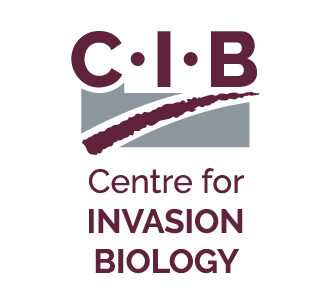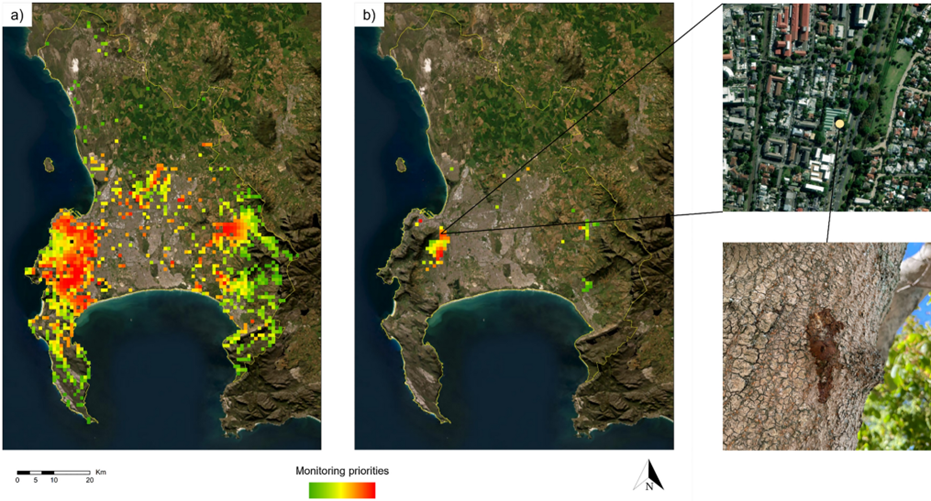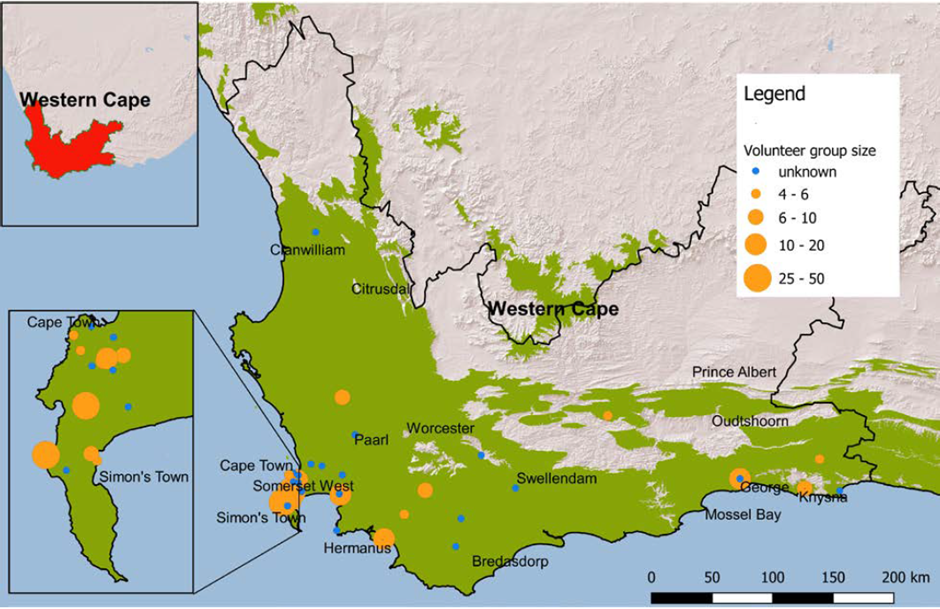Innovative management protocol for PSHB based on citizen science
CIB researchers develop an innovative protocol to map priority areas for detecting new and expanding polyphagous shot hole borer (PSHB) infestations in urban areas.
Comments Off on Innovative management protocol for PSHB based on citizen science
1 February 2024


